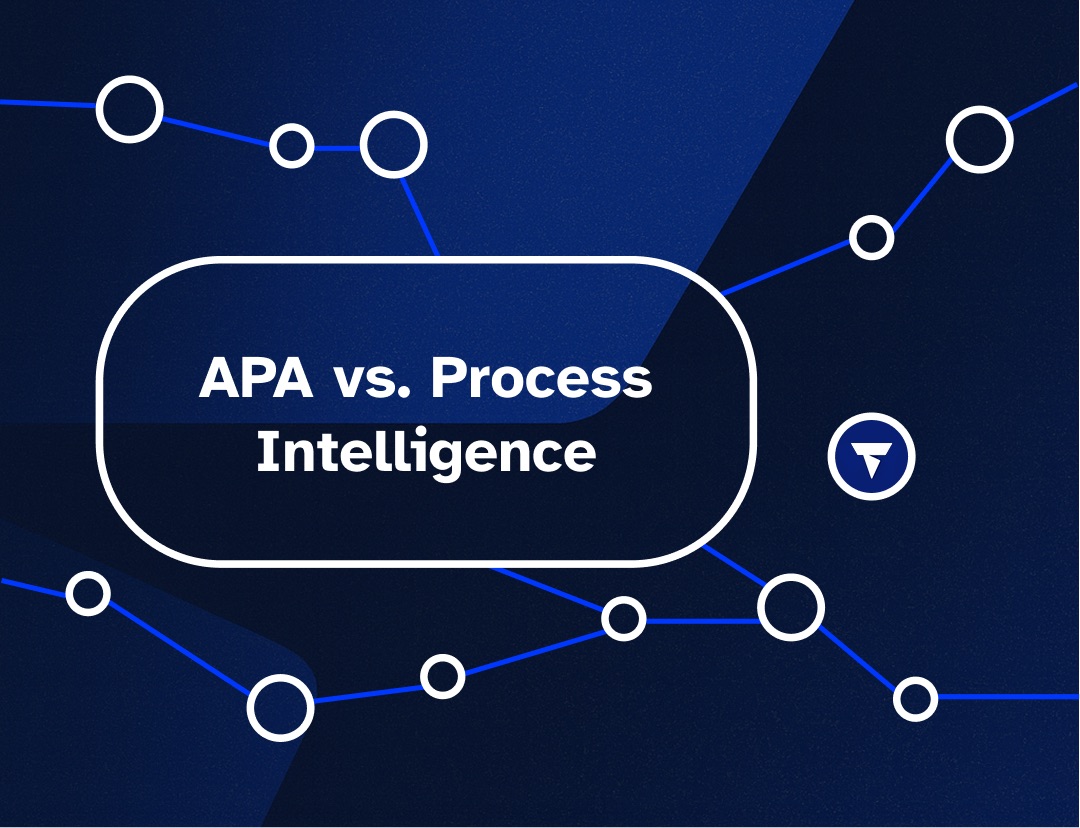Meta's Release of LLama 4

Meta has launched Llama 4, the latest in its series of large language models. This release marks a major step forward in the AI space, combining advanced capabilities with Meta's open-model philosophy. Llama 4 builds on its predecessors by offering substantial improvements in performance, scale, and multimodal capabilities.
Key Features and Model Variants
Llama 4 is available in several versions, with notable models being Llama 4 Scout (17B active parameters, 109B total) and Llama 4 Maverick (17B active, 400B total). A larger Llama 4 Behemoth (2 trillion parameters) is in development but not yet released. The introduction of Mixture-of-Experts (MoE) architecture allows for more efficient use of parameters, activating only a fraction of them for each query, which results in high performance while managing compute requirements effectively.
Performance and Benchmark Improvements
Llama 4 significantly outperforms previous models like Llama 3, and even competes with the latest models from OpenAI and Google. It handles complex reasoning and tasks more effectively than Llama 3 and delivers better results on key benchmarks. One of the standout features of Llama 4 is its extended context window, which can accommodate up to 10 million tokens for the Scout model—much larger than previous versions. This allows Llama 4 to manage longer conversations or analyze larger documents without losing context, a game changer for many industries requiring deep, long-form analysis. A sidenote: Although Llama 4 models are capable of handling longer context windows, the technical paper indicates that they were only trained with up to 265,000 tokens, not 10 million. Beyond 256,000 tokens, performance may vary.
Multimodal Capabilities
Unlike its predecessors, Llama 4 introduces multimodal abilities, enabling the model to process both text and image inputs. This multimodal functionality positions Llama 4 alongside models like GPT-4, allowing it to analyze and respond to visual information in addition to text, which broadens the range of applications, such as visual question answering or image-based reasoning tasks.
Currently, there is no audio modality, but it's expected that the open-source community will add this functionality in the coming weeks.
Integration with Meta’s Ecosystem
Llama 4 is integrated into Meta’s suite of apps, including WhatsApp, Facebook Messenger, and Instagram. This means users will directly benefit from improved AI assistants across Meta’s platforms. The model can assist with content generation, respond to user queries, and even analyze shared images. The widespread integration ensures that Llama 4 is actively used and refined within Meta’s vast ecosystem, enhancing its real-world utility. This is a trend observed among most model providers, who are expanding into consumer technology (e.g., SearchGPT, B2C licenses, etc.).
Safety and Open-Source Accessibility
Meta has continued its commitment to open-source AI with Llama 4. The model weights for both Scout and Maverick are available for developers to download and experiment with, encouraging community-driven innovation. However, the licensing comes with restrictions, such as prohibiting large-scale commercial use by companies with over 700 million monthly active users. Meta also places a strong emphasis on safety and alignment. Llama 4 comes with tools like Llama Guard to filter unsafe queries and Prompt Guard to ensure the model generates responsible content. These safety measures are designed to mitigate risks of misuse while allowing researchers and companies to harness the model's power. The main advantage is its accessibility, allowing users and developers to customize safeguards and align the model with their specific use cases.
Strategic Importance and Future Outlook
Llama 4 represents a strategic pivot for Meta in the AI race. By offering such powerful capabilities in an open-source format, Meta challenges closed models from competitors like OpenAI and Google. The model's multimodal abilities, longer context windows, and open access make it a strong contender in the rapidly advancing field of conversational AI. Looking ahead, Meta has plans to scale even further with the Behemoth model, and future versions of Llama (Llama 5, Llama 6) will likely push the boundaries of AI even more.
For developers and researchers, Llama 4 offers a flexible, powerful tool for building advanced AI applications across industries. It signals that Meta is positioning itself as a leader in AI development, pushing for openness and innovation at scale. As Llama 4 is integrated more deeply into Meta’s ecosystem, its influence will only grow and it will shape how AI is used across platforms and industries in the years to come.
Get AI into your operations
Discover the impact of AI on your enterprise. We're here to help you get started.


